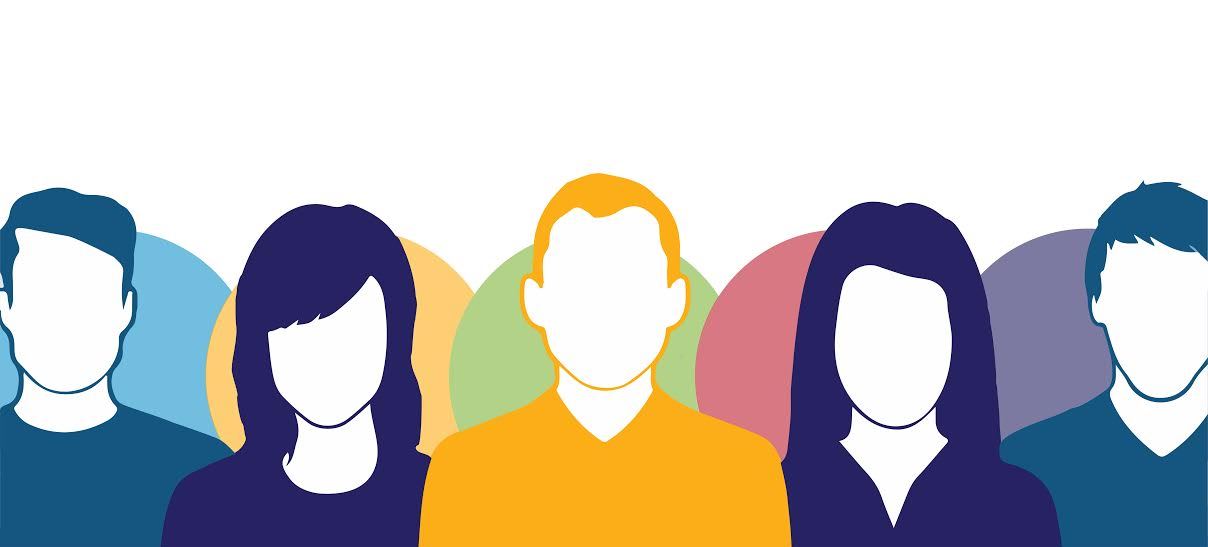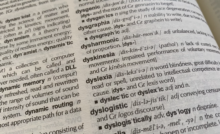

Profiling – it’s something we all do on a day-to-day basis. Assume you’re looking for a new car. You have specific needs that you ask when looking for a vehicle. You then select a vehicle that meets your needs and interests. This is called profiling.
Criminal profiling, also called offender profiling, involves investigators creating a suspect profile based on their psychological, emotional, and personality traits. Profilers do an in-depth investigation based on fundamental characteristics, including physical characteristics, cognitive processes, behaviour, social history, and habits.
It helps them determine the offender’s age, gender, familiarity with the crime scene, acquaintance with the victim, principal motives for the crime, and mental illness. Furthermore, the offender’s social history and economic background show various characteristics that can be used to identify him.
The forensic psychologist will use this information and any evidence from the crime scene, such as any objects left behind, to create an offender profile. A profile can assist law enforcement in narrowing down the selection of potential suspects and providing investigation leads.
A profile might help develop interrogation approaches for extracting information regarding crimes committed and confessions of guilt. Profiling can solve various crimes, such as serial killings, sexual offenses, arson, and other violent crimes.
There are two fundamental concepts in offender profiling:
Behavioural consistency and homology. Behavioural consistency suggests that an offender’s crimes would be similar. Homology implies that similar perpetrators commit similar crimes. However, psychology and behavioural science advances have shown that these assumptions are no longer valid.
Profiling in forensic psychology dates back to the 1880s in the Jack the Ripper case. However, modern profiling as we know it today is still in its early stages. Early profiling studies in the 1970s and 1980s concentrated on examining the crime scene and identifying the offender’s actions and intentions. This was frequently accomplished through interrogations with the actual criminals.
These approaches, however, make the mistake of considering that personality alone determines behaviour, ignoring situational considerations. As a result, they produced inaccurate and false profiles.
Criminal profiling approaches have evolved, and they have frequently been criticized for their poor definitions and reliance on the judgments of a single profiler. However, technological and forensic scientific developments have increased the tools available to law enforcement officers improving modern profiling.
Approaches of profiling:
Criminal investigative approach:
This type of profiling helps determine whether there are multiple criminals or just one who committed multiple crimes. It provides information on potential offenders to assist in the technical investigation and selects potential suspects from a list of candidates based on different factors
Clinical practitioner approach:
The clinical practitioner method is particularly individualized since it emphasizes treating each situation as unique. It integrates psychological and psychiatric evaluations to comprehend an offender’s potential psychopathologies and mental health. It involves analysing psychopathy, personality disorders, and mental illness to create a unique and understandable profile.
Scientific statistical approach:
The scientific method heavily focuses on behaviour analysis and any other data from the crime scene that can reveal the traits or psychological processes of the criminal. It also uses statistics and statistical analysis to spot trends and patterns in criminal behaviour. It entails analysing huge datasets to find shared traits among offenders and forecast future conduct.
Geographical profiling:
This method identifies the most likely location of a criminal’s residence or base of operations. It considers variables like the location of crime scenes and the distance between them to find trends and restrict the search region.
They are methods or strategies that can be used within these broader areas of profiling:
- The top-down method, also known as the American method, further categorizes the data gathered into subsets by drawing on previous criminal activity and theories of criminal behaviour. Typologies are classifications of offenders who exhibit various groups of behaviours and attitudes.
- The bottom-up or British method uses data-driven analysis to conclude patterns and traits straight from the facts. To paint a complete picture of the offender, it begins with minor details and builds to a larger picture.
Steps of profiling:
The process of profiling typically involves five steps:
- Data collection: Profilers collect information; crime scene analysis, victim, witness statements, and forensic evidence.
- Crime scene analysis: Profilers conduct in-depth examinations of physical evidence at crime scenes to uncover patterns, behaviours, and features that can yield clues. They look for patterns that may point to a specific sort of criminal.
- Behavioural analysis: Profiling investigators examine the offender’s behaviour and actions during the crime. They examine the sequence of events, the victim’s background, decision-making processes, and symbolic or ritualistic elements that may indicate a motive.
- Offender profile: Profilers build an offender profile based on the information and analysis gathered. This profile highlights the likely traits of the offender. This may contain demographic data, personality qualities, motives, and risk factors. This will help to narrow the number of possible suspects.
- Investigative use: In the final step, the profile guides the investigation. This may help in prioritizing suspects or identifying new leads. Profilers may suggest specific tactics or areas of focus for investigators.
Application of profiling:
Criminal Modus Operandi Analysis:
Profiling helps understand an offender’s modus operandi, or method of operation. Investigators might relate many crimes to the same individual or group by evaluating an offender’s similar habits, techniques, and strategies.
Psycholinguistic techniques:
The profilers create a “threat dictionary” using psycholinguistic approaches, assigning each word to a certain category of meanings. This can assist in identifying anonymous letter writers and the person behind the origin of those letters, assisting in identifying the suspect and, in some cases, the purpose behind the crime.
Threat Assessment:
Profiling is used in threat assessment circumstances, such as determining the possible harm posed by individuals who threaten or engage in stalker behaviour. Profilers can provide useful information about the level of risk and appropriate response measures by examining their behaviour, communication patterns, and psychological features.
Hostage negotiations:
Profiling in hostage situations might help negotiators by analysing the hostage-taker’s behaviour and answers during dialogues. This understanding allows for developing methods to de-escalate the crisis and ensure the hostages’ safety.
Offender Rehabilitation and Risk Assessment: Profiling can also be used in correctional settings to measure offenders’ risk levels and influence rehabilitation programs. Understanding an offender’s motivations, triggers, and likelihood of reoffending allows for developing effective intervention techniques to lessen the risk to society.
Criminal profiling is used for more than just detecting and apprehending serial killers. It can also be useful in sexual offenses, killings, and property crimes. Profiling helps discover the underlying intentions of offenders by applying psychological insights and giving law enforcement officials important data to facilitate the delivery of justice.
While profiling can be a valuable investigative tool, it is not perfect and should be used with other evidence and investigative approaches. Profiling is not a precise science. Hence it has limitations. It is strongly reliant on the available information and the profiler’s expertise. It is also biased and impacted by the profiler’s personal experiences and knowledge.
But when used properly and with other investigative methods, criminal profiling can significantly increase the likelihood of catching criminals and ensuring that justice is served.
Recent Posts
The English language is Deteriorating- or Is It?
When individuals refer to using “proper” language, they mean using standardised English, which is taught…
Language and Social Stratification
Every society has some kind of stratification or group classification, where some groups are able…
The Correlation Between Language and Self-Identity
The development of the self begins in the early stages of life and continues to…
Shiny Object Syndrome: Chasing That High
Shiny object syndrome, or SOS, is a state of distraction created by the impression that…
Milgram 2.0: Obedience in The Digital Age
Born in 1993, Stanley Milgram was an American psychologist best known for his study on…


